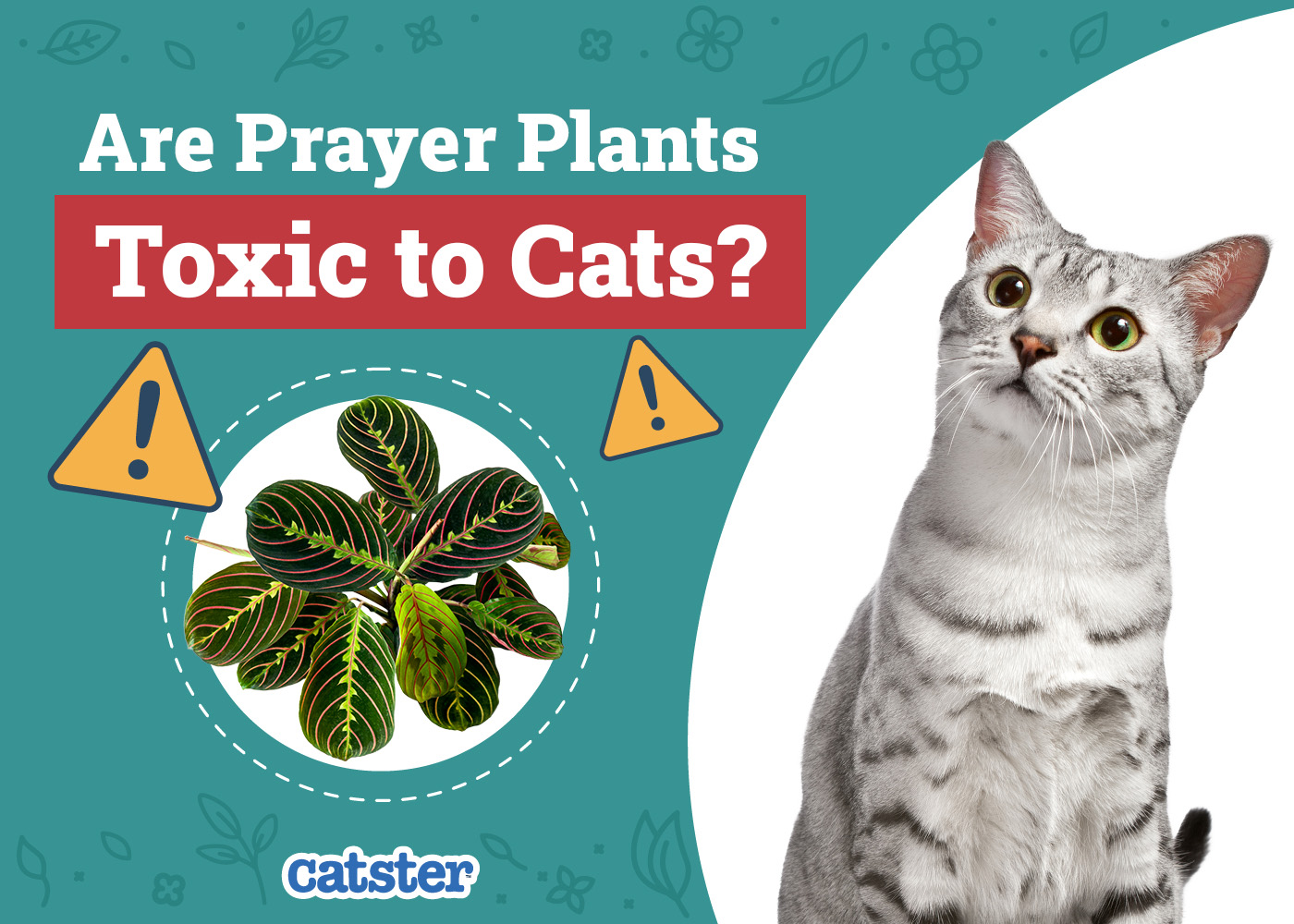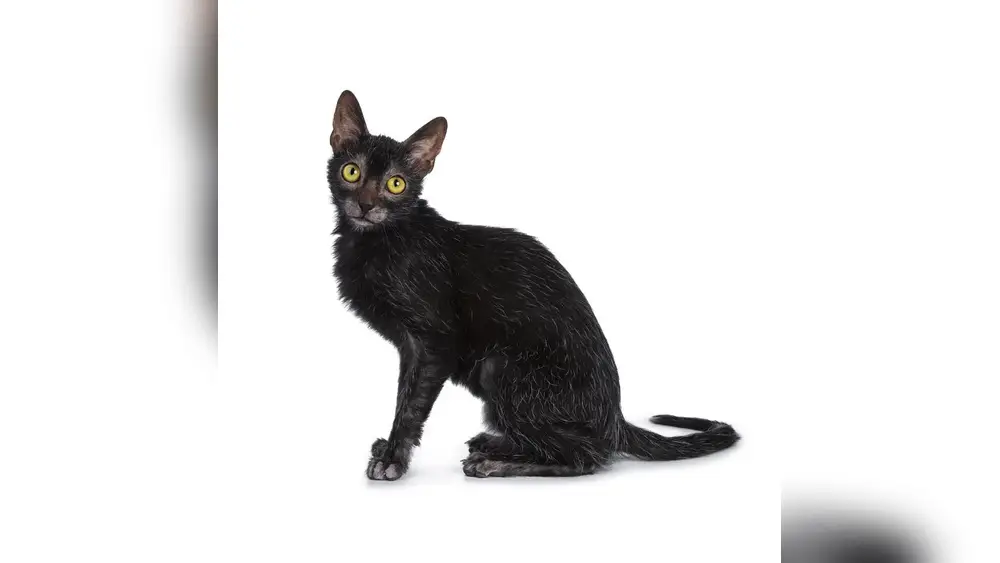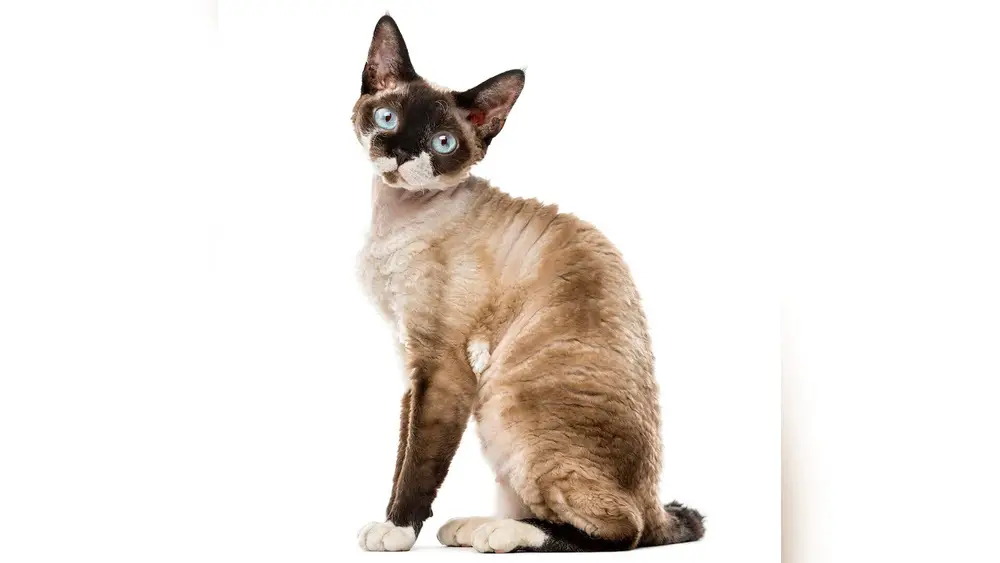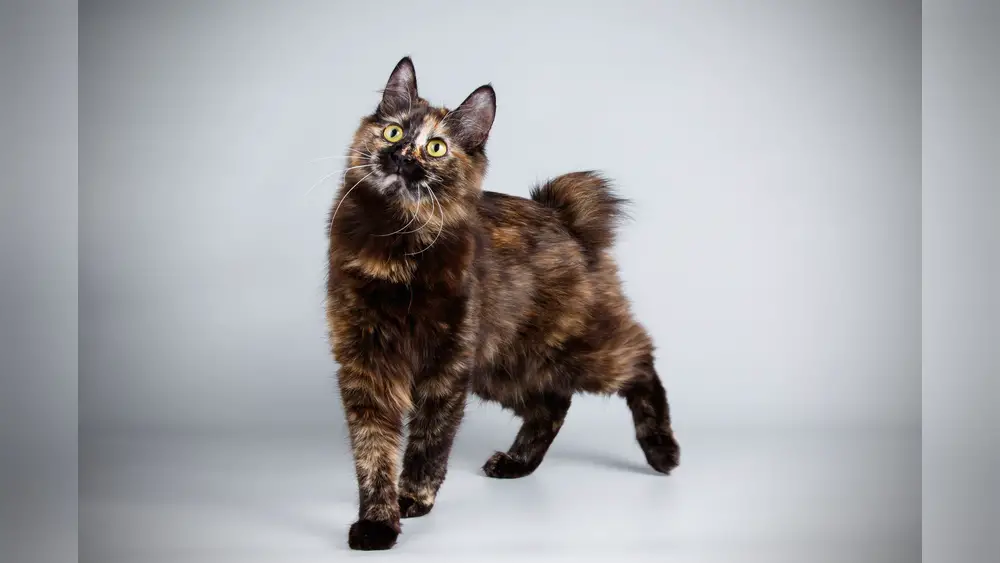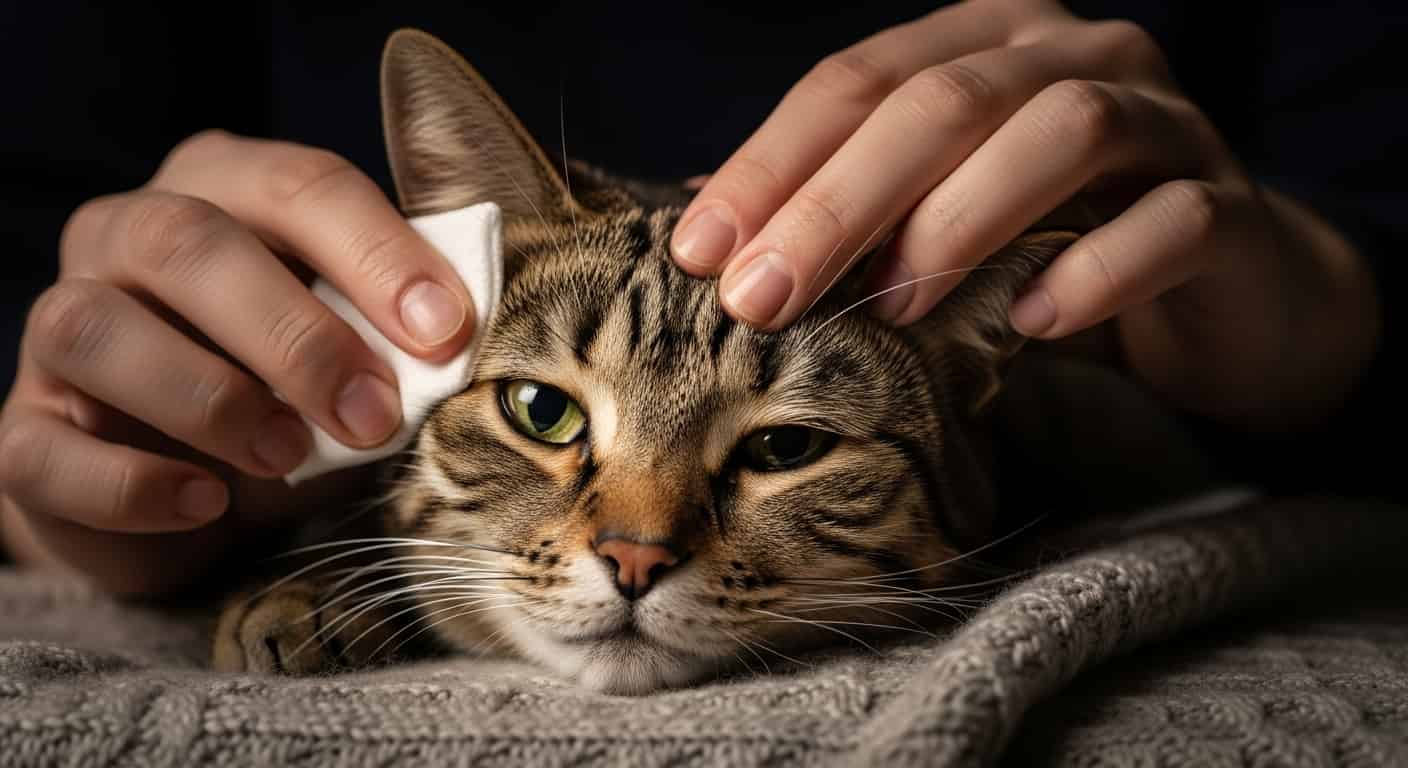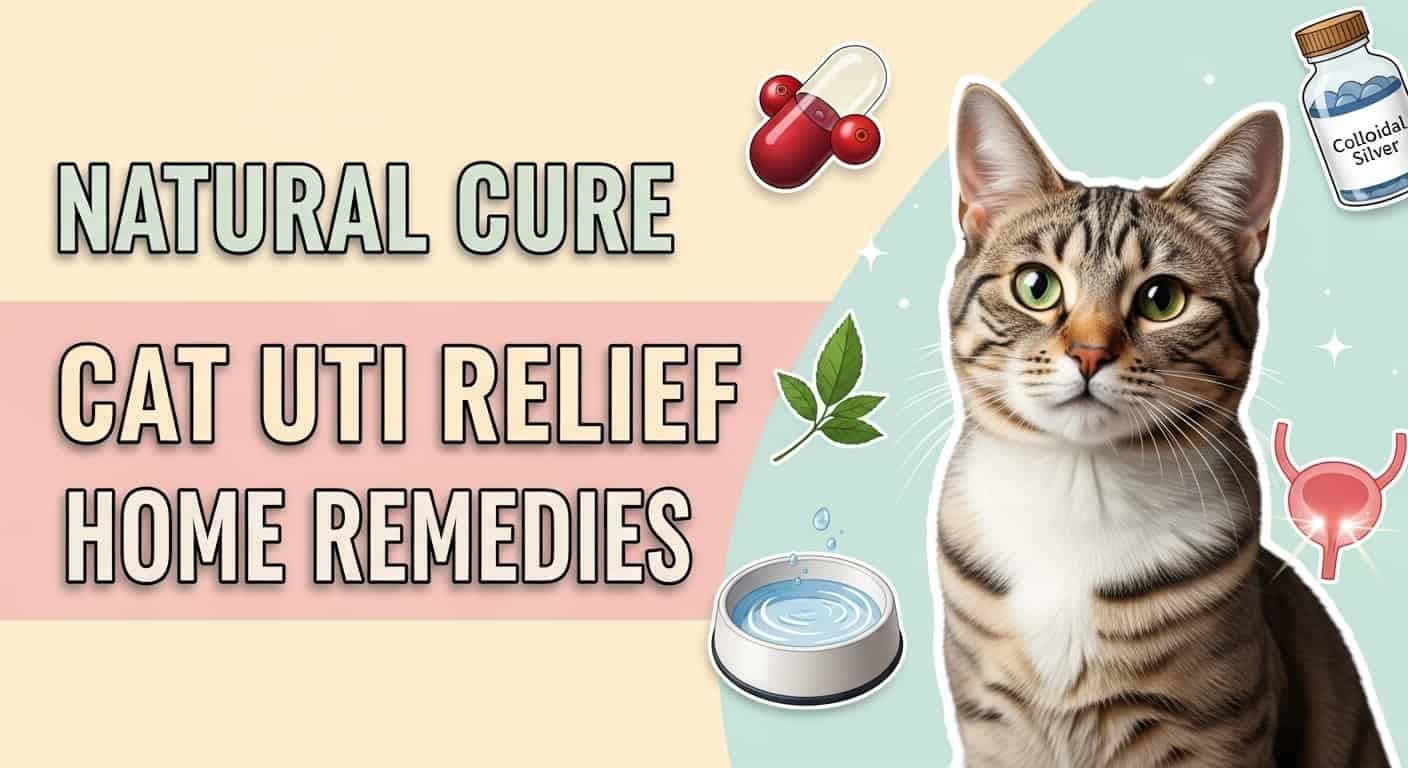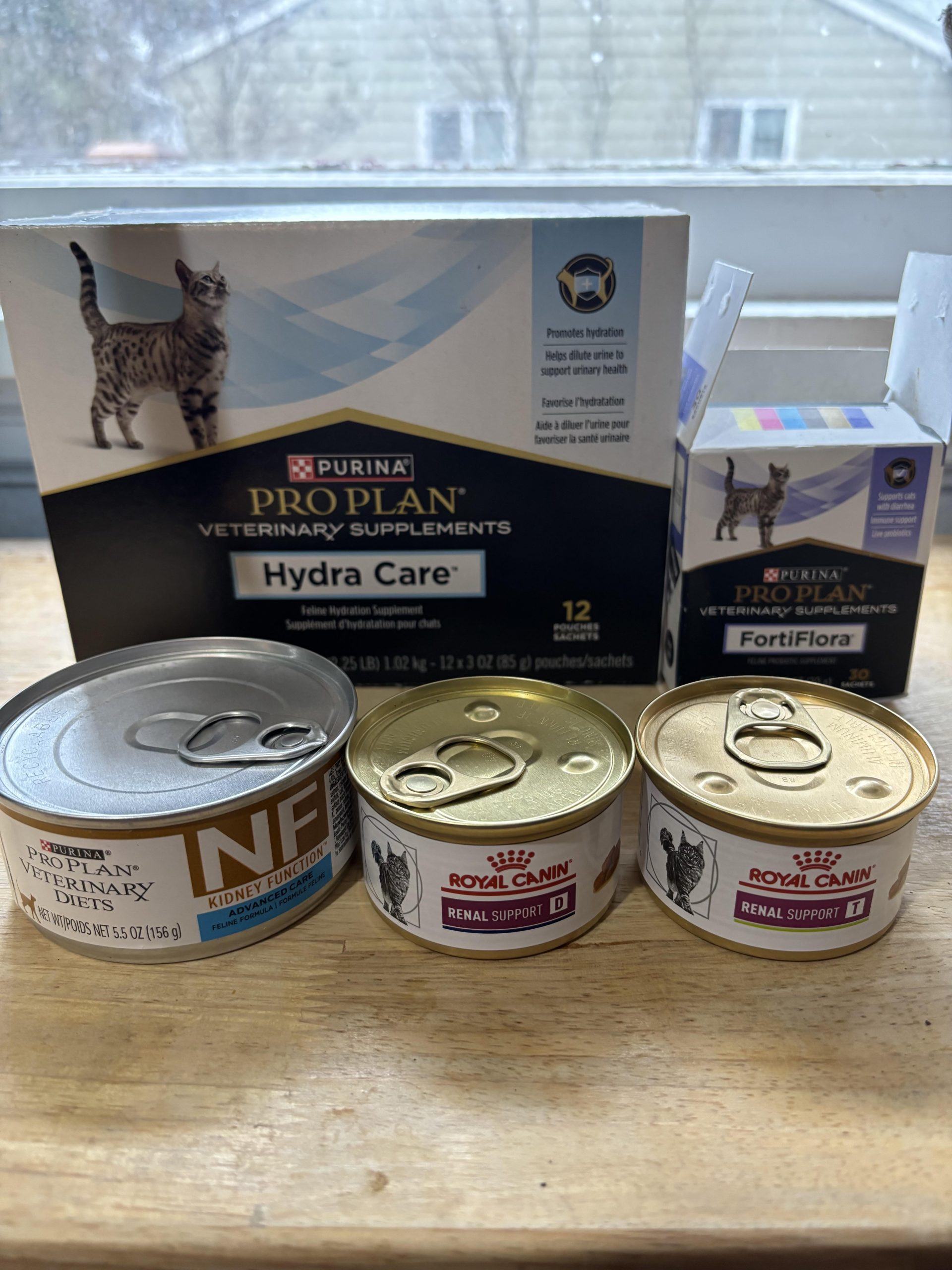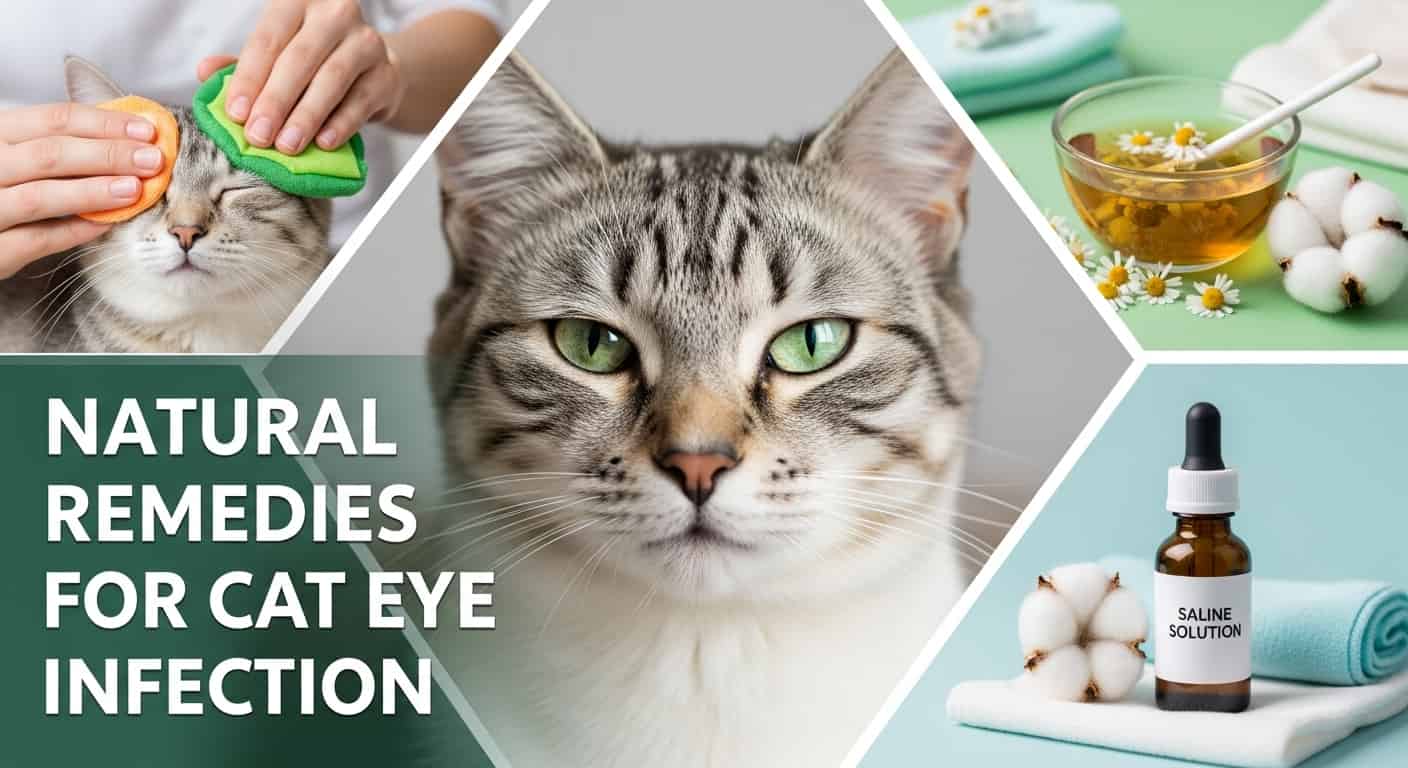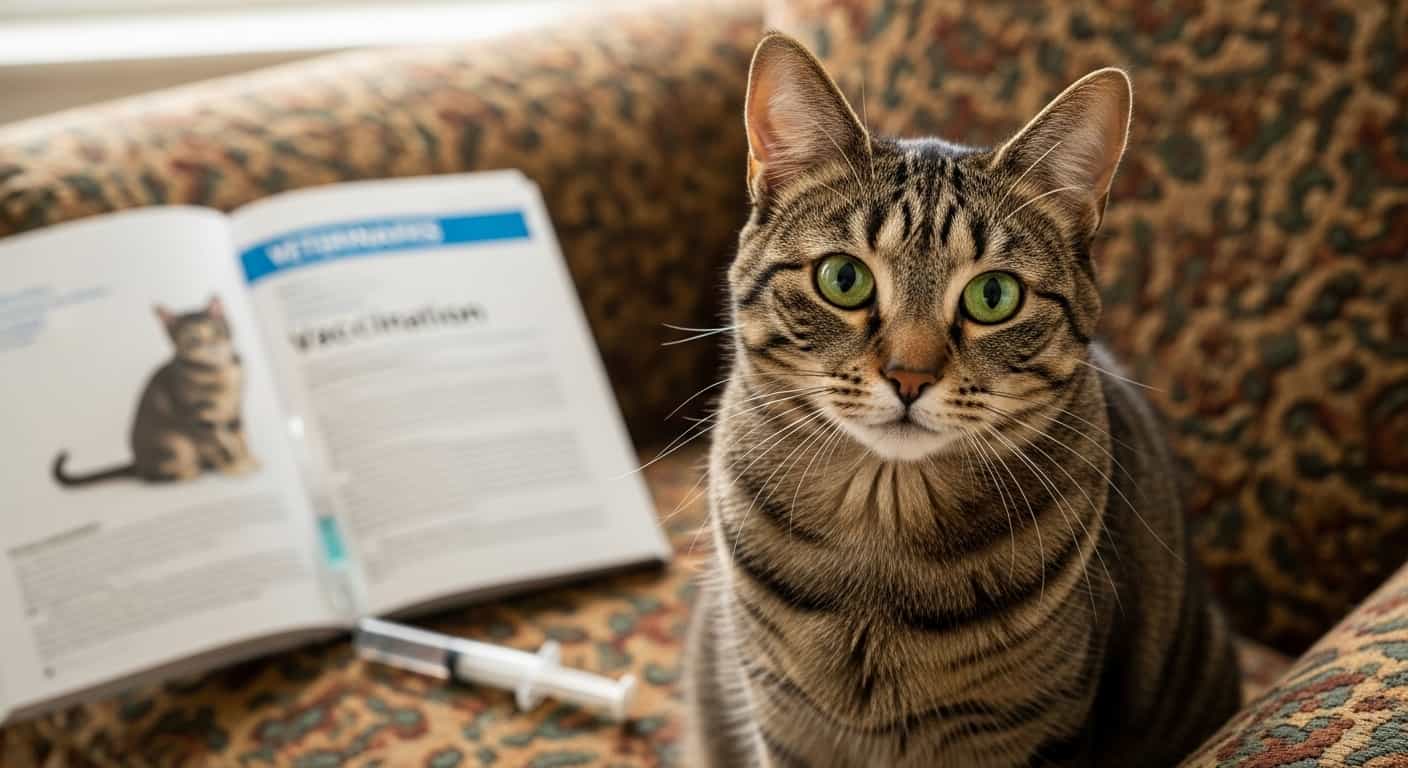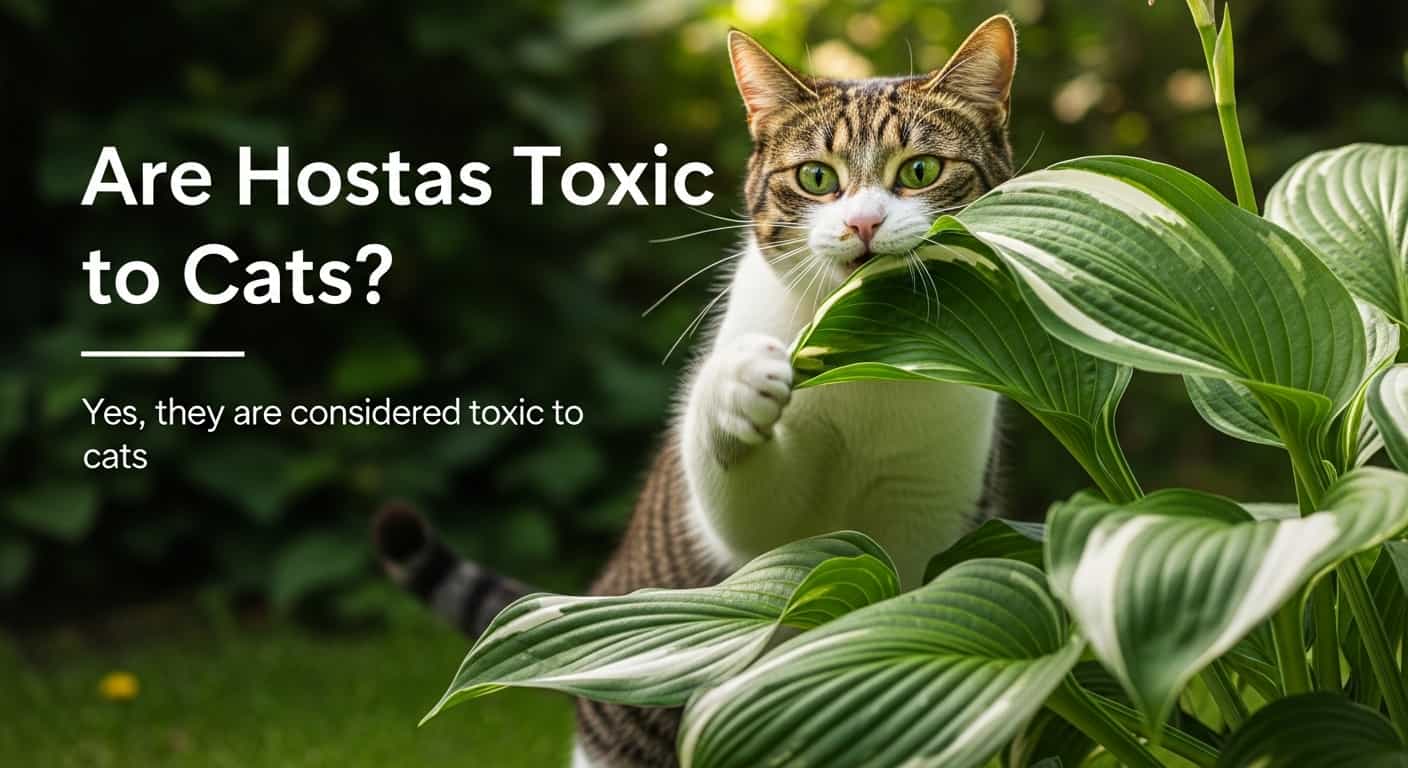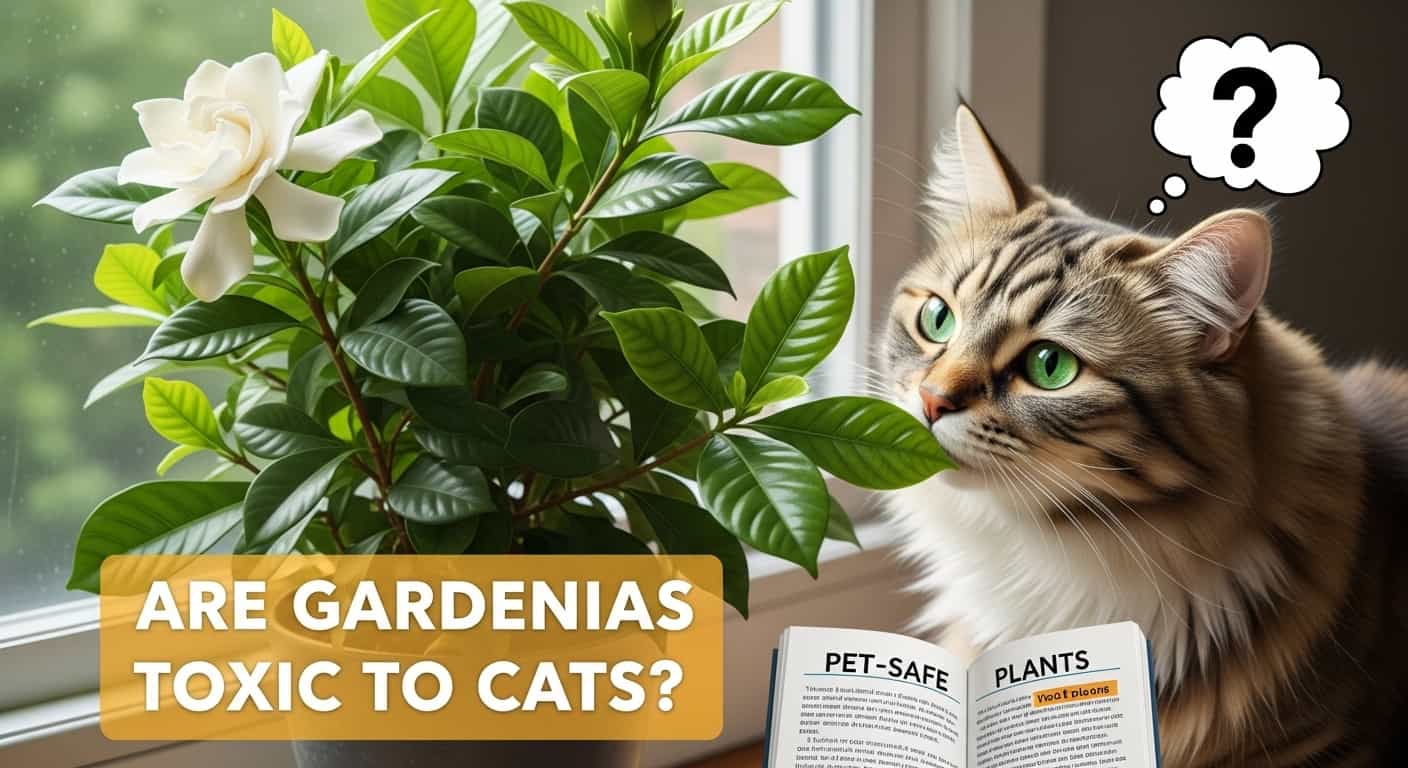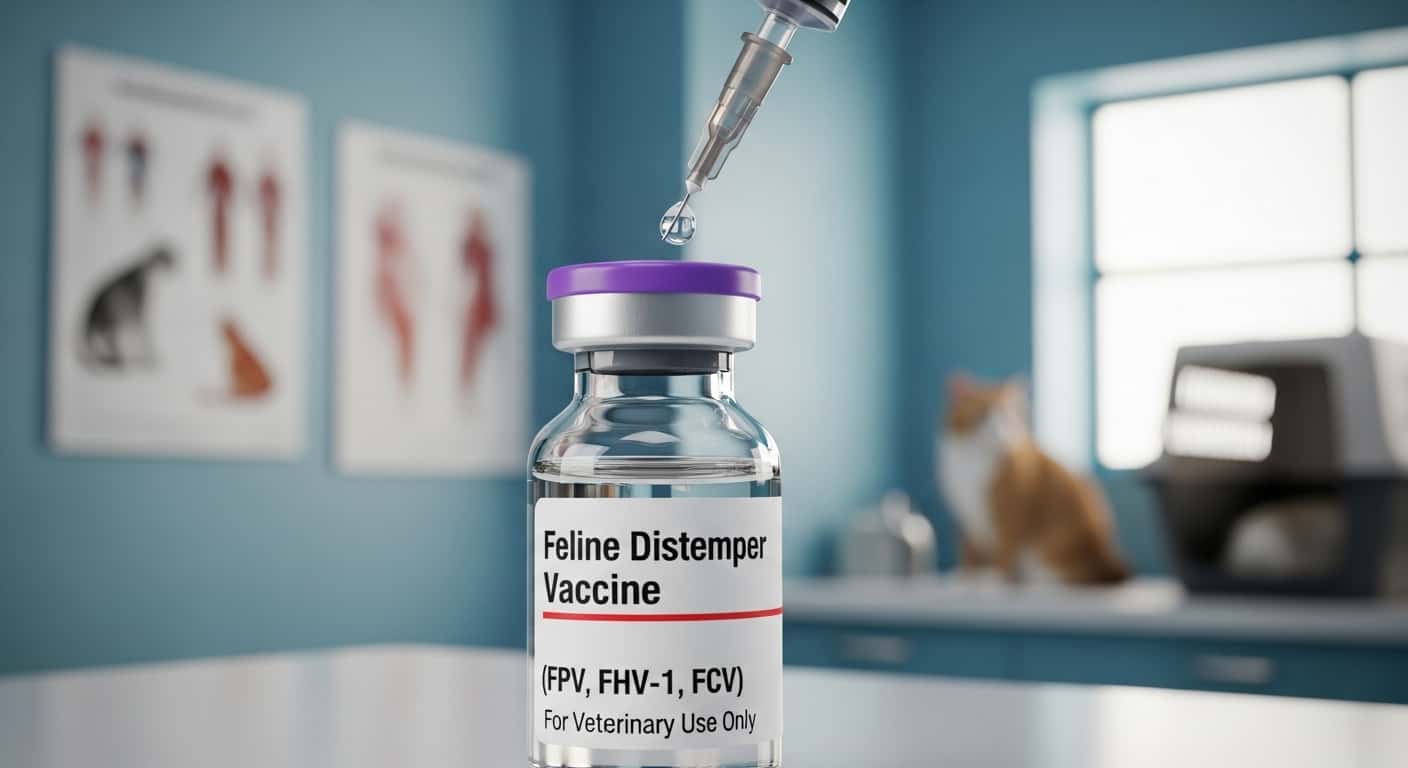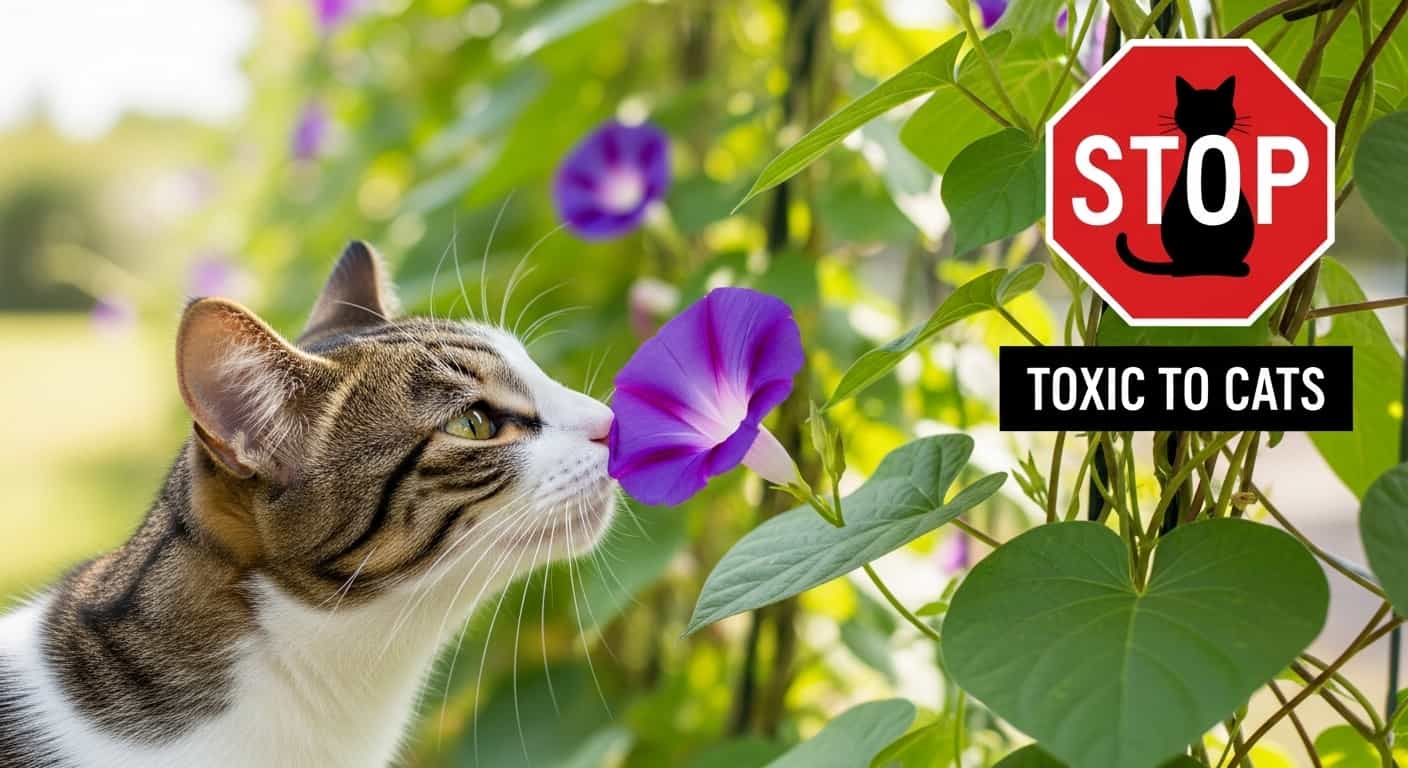Imagine coming home to find your playful cat nibbling on your beautiful prayer plant. You freeze, wondering if this innocent act could harm your furry friend.
Table of Contents
ToggleYou’re not alone in this concern—many pet owners find themselves asking, “Are prayer plants toxic to cats? ” Knowing the answer is crucial for maintaining a safe environment for your beloved pet. Your curiosity about this topic is more than justified, and the peace of mind that comes with understanding the relationship between your plants and your pet’s health is invaluable.
Stay with us, and you’ll uncover everything you need to know about prayer plants and their impact on your cats. This knowledge might just save you from a future worry or vet visit, and ensure that both your plants and your pets coexist happily in your home.
Prayer Plants And Cats
Many cat owners love to fill their homes with vibrant plants, but there’s always a concern about whether these plants might harm their furry friends. Prayer plants, with their colorful leaves and unique behavior of folding up at night, are a popular choice. But are they safe for your curious cat?
Prayer plants are not toxic to cats. This is great news for pet owners who want to add greenery without risking their cat’s health. You can breathe easy knowing your feline friend won’t be harmed by these plants.
Consider placing your prayer plant in spots where your cat can’t easily reach. Cats are naturally curious and might nibble on the leaves. While not poisonous, it’s best to keep plants out of their reach to avoid any unnecessary mess.
Have you ever noticed your cat showing interest in your plants? Cats sometimes show unexpected fascination with plants, even non-toxic ones. Creating a designated space for your cat to explore can help keep them away from your prayer plants.
Benefits Of Having Prayer Plants
Beyond their safety, prayer plants add beauty and a touch of nature to your home. Their unique leaf movement can be a delightful spectacle. The vibrant colors can brighten any room, making it a peaceful retreat for both you and your pet.
Why not consider adding a few different varieties? With their wide range of colors and patterns, prayer plants can complement any decor. Mixing them can create an engaging visual display that your guests will admire.
Here's a related post that you might find useful. Cat Swollen Eye Treatment at Home: Easy Remedies for Quick Relief
Caring For Your Prayer Plants
Maintaining a healthy prayer plant is simple with regular watering and indirect sunlight. They’re relatively low maintenance, making them ideal for busy pet owners. Ensuring your plant thrives can be a rewarding experience.
Have you thought about how plants can improve indoor air quality? Prayer plants can help purify the air, offering a fresher environment for you and your cat. It’s a win-win situation for your home’s atmosphere.
What If Your Cat Eats A Prayer Plant?
If your cat does munch on a prayer plant, there’s no need for panic. Watch your cat for any unusual behavior, but generally, there should be no adverse effects. It’s always good to consult your vet if you notice anything out of the ordinary.
Are there other non-toxic plants you’re considering for your home? Expanding your plant collection can be a fun journey. Knowing which plants are safe allows for more freedom in decorating your living space.
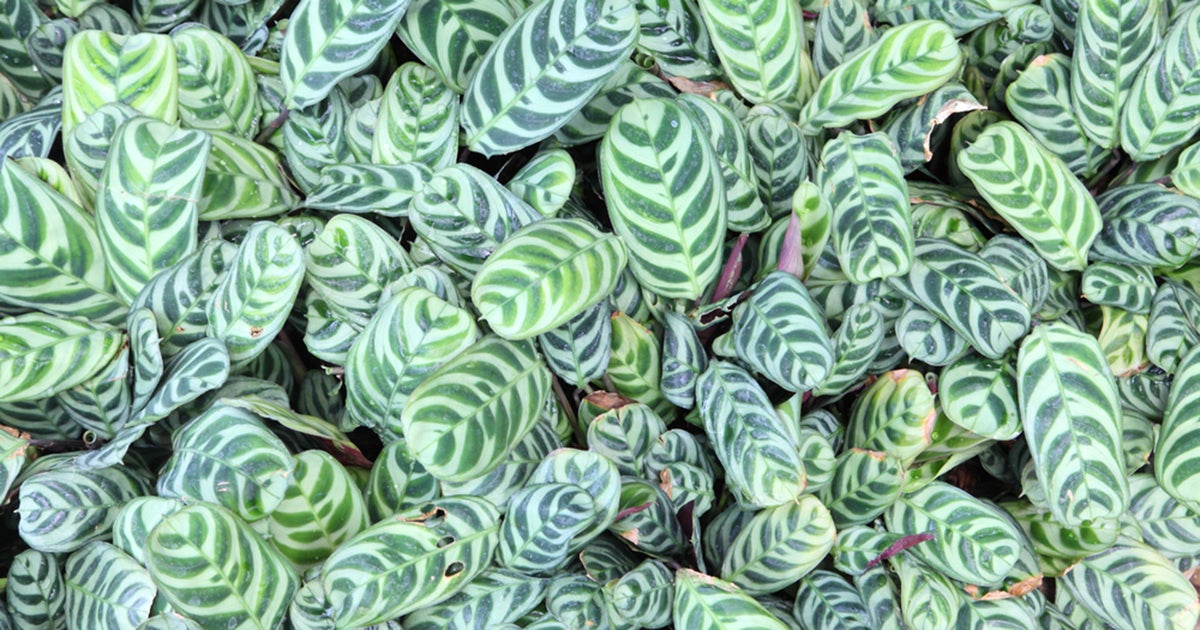
Credit: www.aspca.org
Identifying Prayer Plants
Identifying prayer plants can be a fun and rewarding experience, especially if you’re considering adding them to your home. These plants are known for their striking foliage and unique behavior. But how can you spot them among other houseplants? Knowing their common varieties and visual characteristics is key.
Common Varieties
Prayer plants belong to the Marantaceae family. The most popular variety is the Maranta leuconeura, often referred to as the “Red Prayer Plant.” This variety features red veins on its leaves, creating a bold contrast against the green background. Another favorite is the Calathea, which includes species like Calathea orbifoliaand Calathea lancifolia. These species boast broad leaves with stunning patterns and colors.
While exploring prayer plants, you might also encounter the Stromantheand Ctenanthe. Each type offers its own unique charm, making them a delightful addition to any indoor garden.
Visual Characteristics
Prayer plants are easily identified by their vibrant leaf patterns. Look for leaves that fold up in the evening, resembling hands in prayer—hence the name. This fascinating behavior is not just a quirk; it’s a natural response to changes in light.
Another telltale sign is their intricate leaf designs. You might notice stripes, spots, or even a fishbone pattern. These captivating patterns are not just for show; they make each plant a living piece of art.
Prayer plants are typically compact and grow close to the ground. Their leaves are lush and broad, often showcasing a mix of green, red, and purple hues. Imagine having a plant that not only beautifies your space but also seems to interact with its environment. Isn’t that intriguing?
As you consider adding a prayer plant to your home, think about the joy of watching them “pray” each evening. Will it become your next favorite plant? It might even surprise you with its adaptability and charm.
Here's a related post that you might find useful. Natural Cure for Cat Bladder Infection: Effective Remedies That Work
Toxicity Concerns
The beautiful prayer plant is popular for its stunning foliage. Many people wonder if these plants pose a risk to their furry friends. Knowing the toxicity concerns is crucial for cat owners.
Potential Risks
Prayer plants are generally safe for cats. They are non-toxic and do not pose significant harm. Cats may nibble on the leaves, but serious issues are rare. Owners should still monitor their pets around any plants.
Signs Of Toxicity
If a cat ingests large quantities, mild symptoms may appear. Look for signs like drooling or vomiting. Cats might also show a lack of appetite. These symptoms are usually mild and resolve quickly. Always consult a vet for persistent symptoms.

Credit: www.reddit.com
Safe Plant Alternatives
Prayer Plants, known for their vibrant leaves, are safe for cats, eliminating worries about toxicity. Many pet owners choose these lovely plants as non-toxic home decor. Their beauty and safety make them a popular choice for households with curious pets.
When considering houseplants and their safety for your feline friends, it’s essential to explore safe plant alternatives. You love having greenery around, but not at the expense of your cat’s health. Many plants can be toxic to cats, causing anything from mild irritation to severe health issues. Luckily, there are plenty of beautiful and safe options that can coexist peacefully with your pet.Non-toxic Options
There are numerous plant choices that won’t harm your cat. Spider plants are a popular choice. They thrive in various conditions and are known for their air-purifying qualities. Boston ferns are another safe alternative. Their lush green fronds can liven up any space without posing a risk. Areca palms and bamboo palms are safe bets if you’re looking for larger plants. They add a tropical feel without endangering your furry friend. Think about how these plants might fit into your home. Is there a space where you can add a splash of green without worrying about your cat’s curiosity?Creating Cat-friendly Spaces
You can design your home to be both aesthetically pleasing and safe for your cat. Consider placing plants on shelves or hang them from the ceiling. This can prevent your cat from reaching them while maintaining a green vibe in your home. Use cat-friendly furniture to create dedicated spaces for your pets. Cat trees or window perches can distract your cats from the plants. How do you balance your love for plants with your pet’s safety? Sometimes, it’s about thinking creatively and finding innovative ways to organize your space. Are there particular spots in your home where plants and pets get along well? You might already have the perfect setup without realizing it. By choosing non-toxic plants and creating cat-friendly spaces, you can enjoy the beauty of nature indoors without compromising your cat’s well-being. Remember, a little planning goes a long way in keeping both your plants and pets happy.Preventive Measures
Prayer plants are safe for cats, with no toxic effects. Placing them out of reach prevents any accidental ingestion, ensuring feline safety.
As a cat owner, you want to ensure your feline friend is safe and happy. While prayer plants are non-toxic to cats, it’s always wise to take preventive measures to avoid any unexpected mishaps. Let’s explore some strategies to keep your plants and your cat harmonious under one roof.Monitoring Plant Accessibility
Keep an eye on where you place your prayer plants. Cats are naturally curious and may try to nibble on the leaves. Consider placing plants on high shelves or hanging them from the ceiling, out of your cat’s reach. You could also use plant stands or window sill barriers as deterrents. Observe your cat’s behavior around the plants. Does your cat seem too interested? It might be time to adjust the plant’s location.Training Cats To Avoid Plants
Training your cat to avoid certain areas can be effective. Use positive reinforcement when your cat stays away from the plants. Treats and praise work wonders. You can also create a designated “cat zone” with toys and cat grass to divert attention. Think of it as offering a more enticing option. Consider using natural deterrents like citrus peels around the plant base. Cats dislike the smell and might steer clear. Have you ever noticed how your cat reacts to specific scents or placements? Every cat is unique, so it’s worth experimenting to find the best solution for yours. Taking these preventive measures can create a safe environment for your cat and peace of mind for you. How do you balance your love for plants with your cat’s safety?Emergency Actions
Emergencies can be stressful, especially if your cat ingests something potentially harmful. Knowing what steps to take is crucial. Let’s explore what actions to consider if your cat eats a prayer plant.
What To Do If Ingested
First, stay calm. Quickly remove any remaining plant pieces from your cat’s mouth. Check for signs of distress. Symptoms like vomiting or drooling may occur. If possible, identify how much of the plant was ingested. This information helps in assessing the situation.
Offer your cat fresh water. This can help flush out any plant residue. Keep your cat under observation. Look for any unusual behavior or symptoms. If symptoms persist, proceed to the next step.
Contacting A Veterinarian
Contact a veterinarian immediately if symptoms worsen. Provide details about the incident. Share any observed symptoms and plant quantity ingested. This helps the vet provide accurate advice.
Follow the veterinarian’s instructions carefully. They may suggest bringing your cat in for examination. Quick action can prevent serious health issues. Always keep your vet’s contact details handy for emergencies.
Expert Advice
Prayer plants are popular for their attractive foliage. Many pet owners worry about plant toxicity. Cats are curious creatures that love to explore. Knowing if a plant is safe is crucial. Expert advice helps pet owners make informed decisions.
Consulting Plant Specialists
Plant specialists know about plant species. They study plant properties extensively. These experts assess plant safety for pets. Specialists confirm prayer plants are non-toxic. Their research assures pet owners. Consulting experts can give peace of mind.
Veterinary Recommendations
Veterinarians understand animal health deeply. They offer advice on safe plants for cats. Many vets confirm prayer plants are safe. This information helps cat owners breathe easier. Vets suggest keeping plants away from nibbling cats. Regular vet check-ups ensure overall health.

Credit: www.chicagobotanic.org
Frequently Asked Questions
Are Prayer Plants Safe For Cats?
Prayer plants are non-toxic to cats. They are safe to have around pets. However, if ingested in large amounts, they might cause mild stomach upset. It’s always best to monitor your cat’s interaction with any houseplant.
What Happens If Cats Eat Prayer Plants?
If a cat eats a prayer plant, it usually experiences no harm. These plants are non-toxic. However, consuming any plant material might cause mild digestive discomfort. Always observe your cat for any unusual behavior.
How To Prevent Cats From Eating Houseplants?
To prevent cats from eating houseplants, try using deterrents like citrus peels or cayenne pepper. Another method is to provide alternative distractions, such as cat grass. Ensure your plants are placed in areas that are hard for cats to access.
Do Prayer Plants Clean Indoor Air?
Yes, prayer plants help purify indoor air. They remove toxins and improve air quality. This makes them a great choice for pet-friendly households. Besides being non-toxic to cats, they also contribute to a healthier living environment.
Conclusion
Prayer plants are safe for cats. They bring beauty without harm. Cats can explore these plants without worry. Pet owners find peace in knowing this. No toxic worries mean less stress. Enjoy having vibrant plants and playful cats together. Balance your home with color and life.
Choose prayer plants for a cat-friendly environment. Keep your furry friends happy and healthy. Your home remains a safe haven. Let nature and pets coexist harmoniously.

